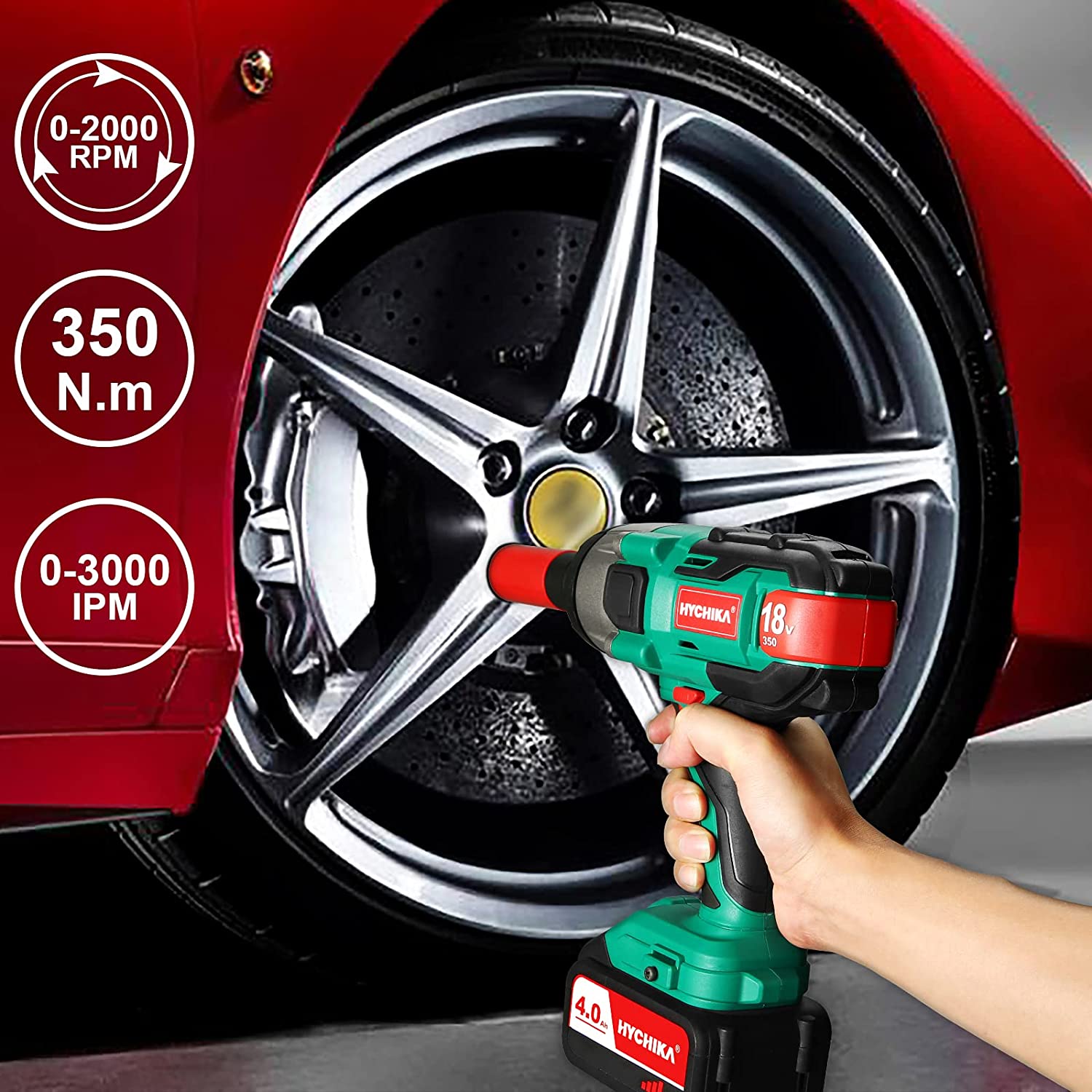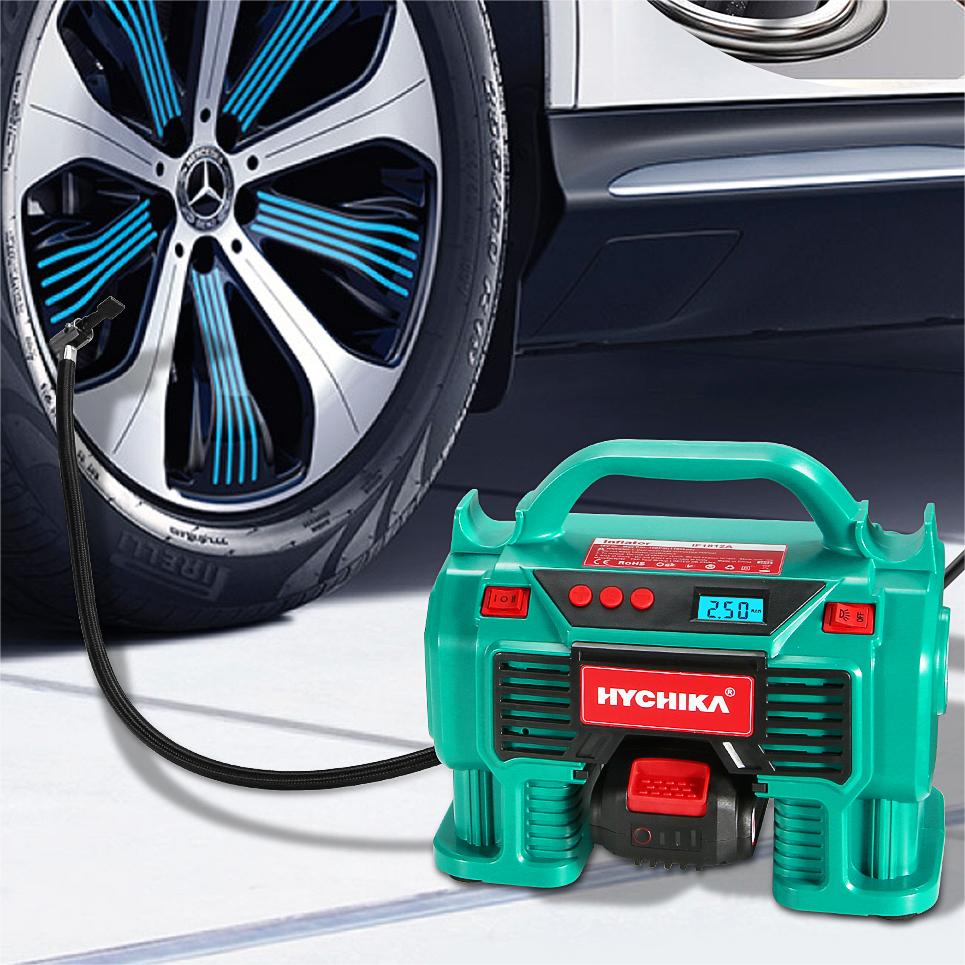Reciprocating saw is a versatile power tool that can handle a wide range of cutting tasks. Whether you're a seasoned professional or a DIY enthusiast, understanding its uses and mastering some tips can significantly enhance your efficiency and safety when using this tool.
Key Features of a Reciprocating Saw
Before diving into the uses of a reciprocating saw, let's briefly touch on its key features:
- Reciprocating Blade: The blade moves in a back-and-forth motion, allowing for precise and controlled cutting.
- Portability: Reciprocating saws are generally lightweight and easy to handle, making them ideal for use in tight spaces or at heights.
- Versatility: They can be equipped with a variety of blades, each designed for a specific material or cutting task.
- Power: Depending on the model, reciprocating saws can be powered by electricity or batteries, providing ample power for even the toughest jobs.

Uses of a Reciprocating Saw
-
Demolition Projects: One of the primary uses of a reciprocating saw is in demolition work. It excels at cutting through a wide range of materials such as wood, metal, plastic, and even masonry. This makes it invaluable for tearing down structures, removing old fixtures, and cutting through walls or floors.
-
Home Renovations: For homeowners, a reciprocating saw is a go-to tool for renovations and improvements. It can swiftly dismantle old cabinetry, trim door frames, or cut through drywall, making it essential for both major overhauls and smaller home upgrades.
-
Outdoor Maintenance: Equipped with the appropriate blade, a reciprocating saw becomes an efficient tool for outdoor tasks like pruning trees and cutting thick branches. It offers a powerful solution for maintaining your garden or landscape with ease.
-
Plumbing and Electrical Work: In the hands of professionals, reciprocating saws are indispensable for plumbing and electrical projects. They can cut through pipes, conduit, and other materials swiftly and cleanly, aiding in both installation and repair tasks.

Tips for Using a Reciprocating Saw
-
Choose the Right Blade: Selecting the appropriate blade for the material you're cutting is crucial. Different blades are designed for wood, metal, masonry, and pruning tasks. Using the correct blade ensures cleaner cuts and prolongs the life of your saw.
-
Safety First: Wear appropriate safety gear, including goggles, gloves, and ear protection, when operating a reciprocating saw. The tool generates vibrations and noise, and debris can fly during cutting.
-
Secure Your Workpiece: Ensure the material you're cutting is firmly secured to prevent it from moving or vibrating excessively. This not only improves the accuracy of your cuts but also enhances safety.
-
Controlled Cutting: Maintain a steady grip on the saw and let the tool do the work. Avoid applying excessive force, as it can lead to fatigue and may cause the saw to kick back.
-
Practice Different Techniques: Experiment with different cutting techniques such as plunge cuts, angled cuts, and controlled demolitions to familiarize yourself with the versatility of the reciprocating saw.
-
Maintenance: Keep your reciprocating saw clean and well-maintained. Regularly check and replace blades as needed, and lubricate the tool according to the manufacturer's instructions to ensure optimal performance.
Conclusion
In conclusion, a reciprocating saw is a powerful and versatile tool that can handle a wide range of cutting tasks both indoors and outdoors. By understanding its uses and implementing these tips, you can maximize the efficiency, safety, and lifespan of your reciprocating saw. Whether you're tackling demolition projects, pruning trees, or working on DIY renovations, this tool is a valuable addition to any toolkit.
Explore the capabilities of reciprocating saws and consider incorporating one into your next project to experience firsthand the benefits of this versatile tool. And you can click here to know more about HYCHIKA Cordless Reciprocating Saw 18V, with 2x2000mAh Batteries



